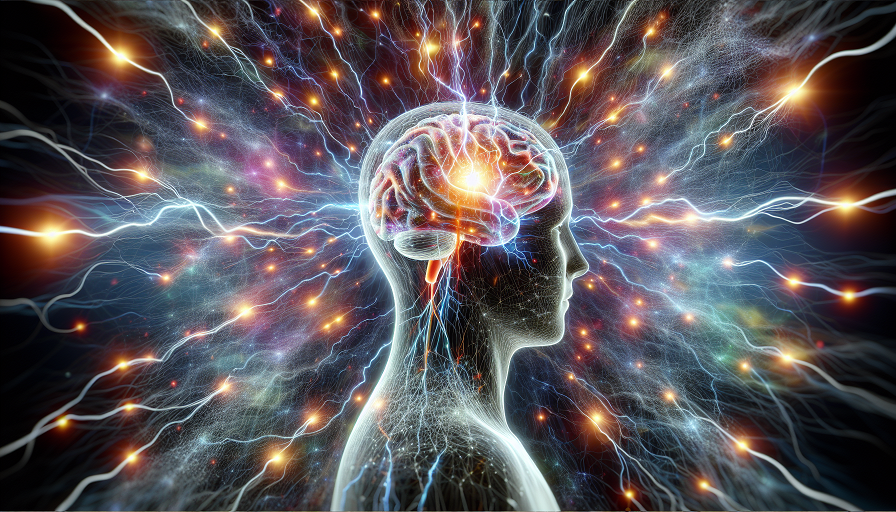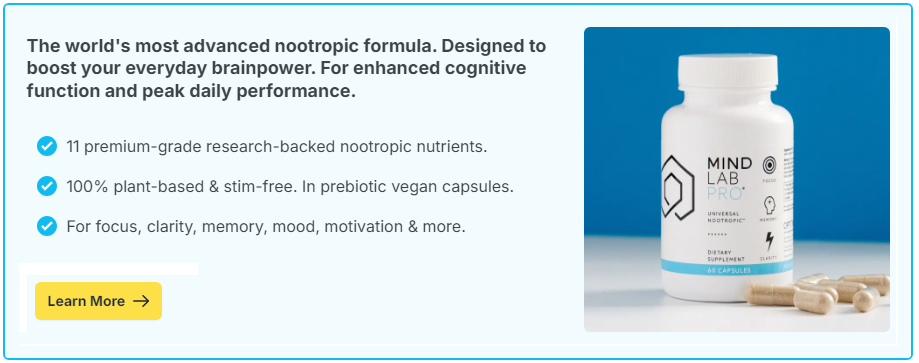
Imagine walking into a cluttered room with papers strewn across the desk, books piled high, and colorful sticky notes adorning every available surface. To some, this scene might scream chaos. However, for others, it’s a symphony of creativity, inspiring ideas, and a burst of innovative energy. But why do some of the most brilliant minds find order in disorder, and what role does chaos play in the creative process?
Contents
Understanding the Nature of Chaos
It’s important to clarify what chaos means in the context of creativity. Chaos doesn’t refer to complete mayhem or utter confusion. Instead, it often describes environments that lack conventional organization or predictability. Such spaces might seem disorganized to an outsider, but they can be uniquely structured to the individual who manages them.
Consider the workspaces of famous inventors like Albert Einstein or Thomas Edison. Historical anecdotes suggest that their environments were far from tidy. Yet, these spaces provided fertile ground for thinking outside the box, puzzling over new conundrums, and ultimately giving life to groundbreaking ideas.
How can such disorder propel someone to creative heights? It boils down to a combination of factors involving perception, cognitive diversity, and the brain’s natural drive to make sense of the world.
The Role of Perception
When we think of perception, we think about how we interpret the world around us. This doesn’t just mean what we see visually but how we mentally process our surroundings. People with creative minds often perceive messy environments differently. They might see connections where others don’t, draw inspiration from seemingly unrelated elements, and find comfort in a setting that removes the barriers to their thoughts.
Cognitive Diversity
Cognitive diversity refers to the multitude of ways individuals process information and solve problems. In a chaotic environment, there are more stimuli, which can lead to a wider range of thoughts and perspectives. Creative thinkers often thrive here because they’re able to juggle multiple ideas at once, using the diversity as a catalyst for inspiration. Their brains are adept at navigating through the “noise” to uncover hidden gems of ideas.
Chaos Sparks Innovation
You might wonder why disruption is frequently associated with innovation. The answer lies in how our brains react to new and challenging environments. When faced with chaos, the brain is forced to adapt, pushing boundaries and thinking divergently—skills that are key to innovation.
Enhancing Problem-Solving Skills
In a cluttered or chaotic environment, problem-solving becomes an exercise in connecting disparate dots. This practice trains the brain to look beyond linear solutions and explore creative pathways. By constantly engaging in this mental workout, individuals enhance their ability to tackle complex problems creatively and effectively.
Improvisation and Adaptability
Consider how a jazz musician performs. Jazz is known for its improvisational nature, which often thrives on a chaotic interplay of notes and rhythms. Similarly, cognitive chaos encourages improvisation—when conventional paths aren’t available, new routes are forged. This skill of adapting to unpredictability is invaluable in fields ranging from science to art.
The Science Behind Creative Chaos
On a neurological level, there are fascinating findings about how creativity and chaotic environments intersect. Brain imaging studies reveal that highly creative individuals often have distinctive patterns of connectivity between different brain regions. Let’s explore this science further:
Flexible Thinking
Studies show that creative people can engage multiple brain networks simultaneously. This means that they can both focus deeply and let their minds wander, which is crucial when working in disorderly spaces. Being in a chaotic environment can stimulate this kind of flexible thinking.
Dopaminergic Pathways
The brain’s dopamine system plays a crucial role in reward and motivation. Dopamine is released when we encounter novel stimuli—something often abundant in chaotic environments. This release enhances curiosity and the drive to explore, fostering new ideas and creativity.
Balancing Chaos and Focus
While some chaos can be good for creativity, it’s also essential to strike a balance. Not everyone works well in disarray, and there’s a fine line between beneficial disorder and unproductive chaos.
Knowing Personal Preferences
Everyone’s tolerance for disorganization varies. While some may thrive amidst mess, others might find it overwhelming. Understanding one’s personal style and limits is key to leveraging chaos productively without it leading to stress or frustration.
Controlled Chaos
The idea of “controlled chaos” can be a useful guideline. This means creating environments where disorder exists but does not overwhelm. For instance, maintaining particular areas of a workspace for creativity while keeping necessary tools and resources easily accessible allows beneficial chaos without sacrificing efficiency.
The Influence of Nutrition on Creative Processes
While environmental factors significantly influence creativity, we must not overlook the internal influences at play, particularly nutrition. The nutrients we consume have a profound impact on our cognitive functions, potentially enhancing our ability to thrive in chaotic environments.
The Connection Between Diet and Brain Function
The brain relies on a steady supply of energy and nutrients to function optimally. Essential fatty acids, antioxidants, vitamins, and minerals all contribute to maintaining brain health, affecting everything from memory to creativity. A balanced diet rich in fruits, vegetables, whole grains, and lean protein sources sets a solid foundation for cognitive well-being.
Brain Supplements and Cognitive Enhancement
In addition to a healthy diet, some individuals turn to brain supplements to gain an extra edge. Known as nootropics, these supplements aim to improve various aspects of cognitive function, including focus, creativity, and mental clarity. Compounds like omega-3 fatty acids, Ginkgo Biloba, and Bacopa Monnieri are popular for their potential brain-boosting effects.
While research on the efficacy of nootropics continues, initial studies suggest some benefits in enhancing memory and cognitive flexibility, which can be invaluable when navigating chaotic environments. However, it’s essential to approach supplements with caution, consulting healthcare professionals to ensure they suit your individual needs and don’t interfere with existing health conditions or medications.
Harnessing Chaos with the Right Support
Ultimately, navigating chaos requires a multifaceted approach that combines the right environmental stimuli with internal support through nutrition and potential supplementation. Embracing disorder doesn’t mean succumbing to it; it’s about finding pathways through chaos that spark insight, innovation, and progress.
Whether working amidst organized chaos or structured systems, understanding one’s environment and internal needs helps cultivate a space that maximizes creative potential. By leveraging both external and internal factors—like diet and brain supplements—individuals can harness chaos effectively, channeling it into bursts of creativity that yield breakthrough ideas and solutions. As research progresses, we may discover even more about how to optimize these elements and tap into our fullest creative capacities in the most unexpected of settings.

